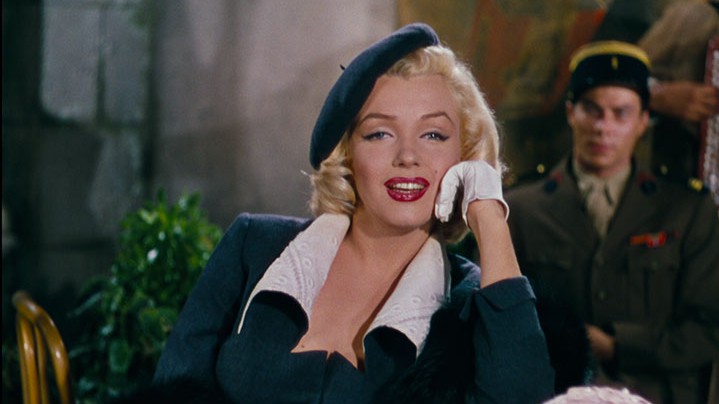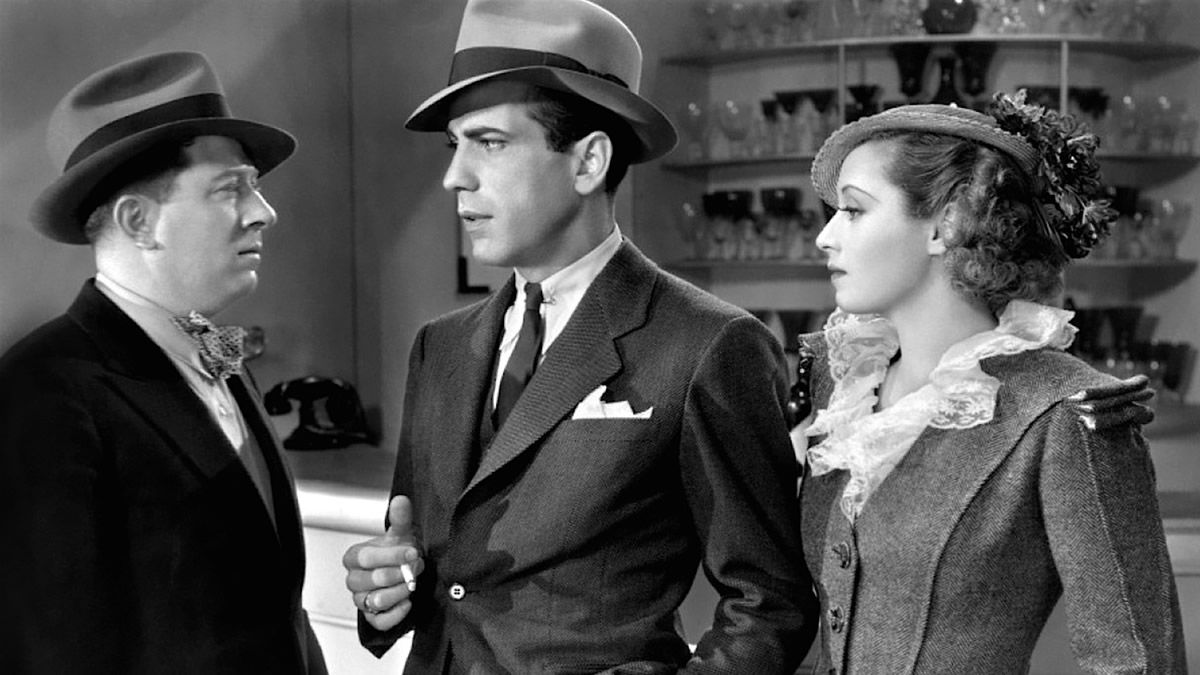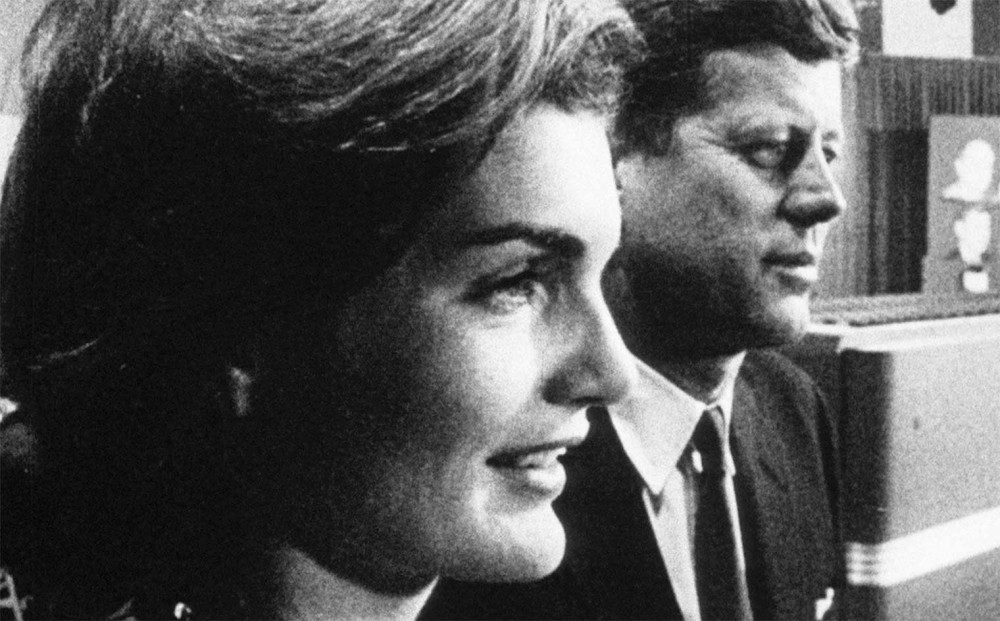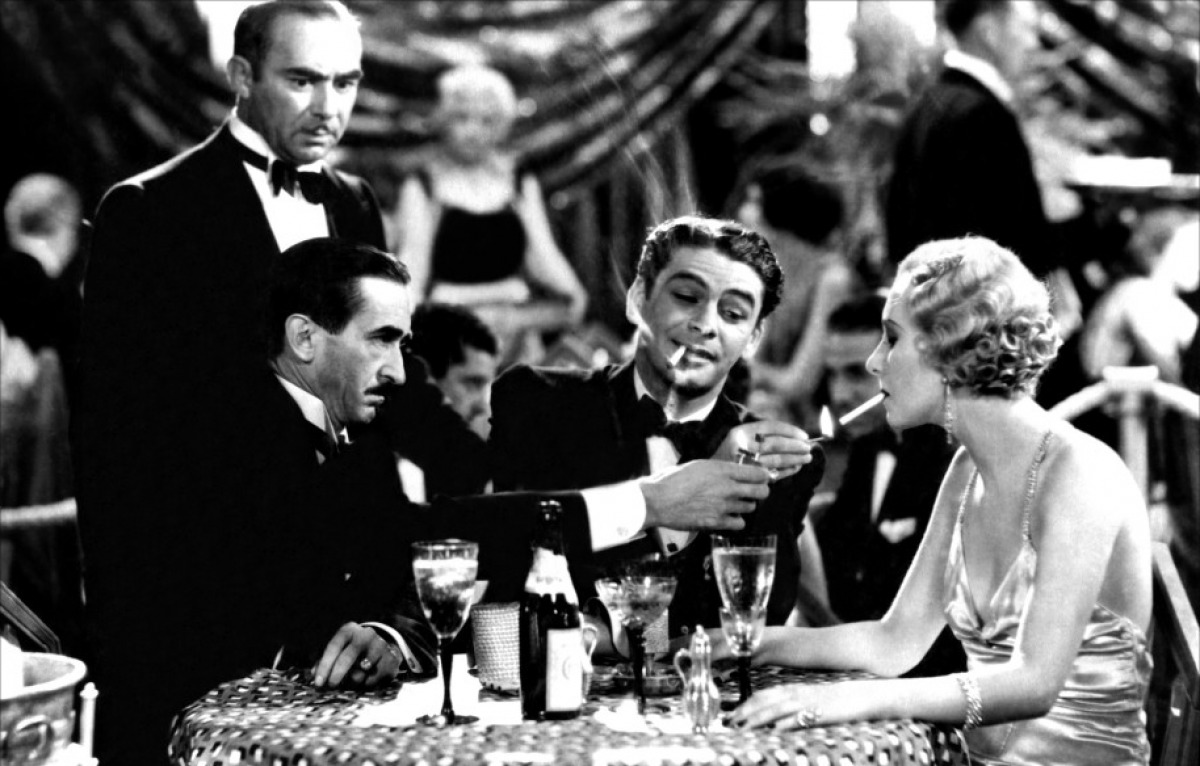Category: Issue 5
-

Hollywood Prefers Blondes: Analysis of GENTLEMEN PREFER BLONDES and the Cinema of the 1950s
American cinema of the 1950s saw many changes and challenges. On January 1, 1950 the Paramount Decree had gone into effect, making it illegal for studios to control exhibition of their films. Additionally, the rising popularity of television meant that studios now had to compete for viewers and tried numerous methods, including color and widescreen,…
-

Class and Organized Crime in the Era of the Production Code: An Analysis of the Portrayals of White vs. Blue Collar Crime in Gangster Films
In the 1930s, the gangster flick ruled the movie theaters of America – however, only thanks to the films’ strenuous journey through the Production Code review process. A set collection of rules and regulations concerning what could and could not be portrayed on screen or implied through the cinematography or writing scenes or characterization of…
-

The Cinema-Truth of PRIMARY
The 1950s and 1960s were political and aesthetic eras of radical reimagination, and both politics and aesthetics were unassumingly upended with the release of Robert Drew’s Primary (1960). Primary is an hour-long “direct cinema” documentary about the battle for the Wisconsin Democratic primary between Hubert Humphrey and winner John F. Kennedy. The film documents the…
-

SCARFACE: The Effects of its Censorship
Introduction Scarface is a gangster film based on the life of Al Capone, a notorious gangster in Chicago during the prohibition era.[1] United Artists followed the public’s love for gangster films and produced one of the “most iconic gangster films ever made.”[2] The film was produced in the Pre-Code Era of Hollywood, an era where…
-

On Dragons and Ideals: An Examination of the HOW TO TRAIN YOUR DRAGON Franchise and the Aspects of Ideology
Film theory is a subject made fascinating by its layers; for what the methods of analysis reveal about the film to which they are applied. A film—as with any other form of media—can be viewed from multiple angles based on one’s perspective and learning, and with each refraction that results another layer to the film…